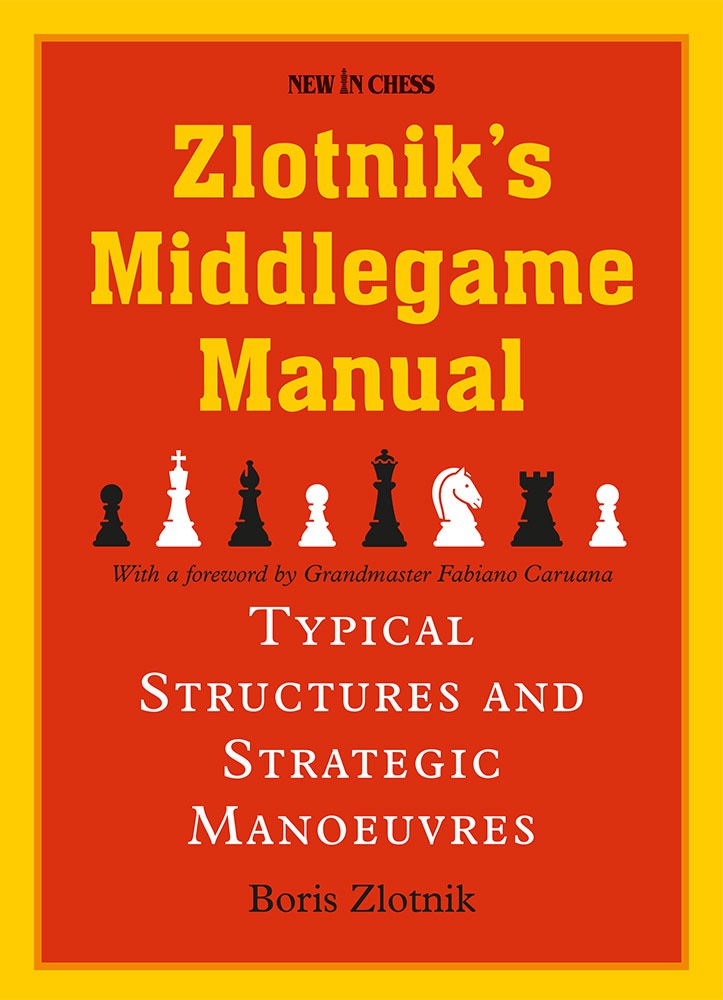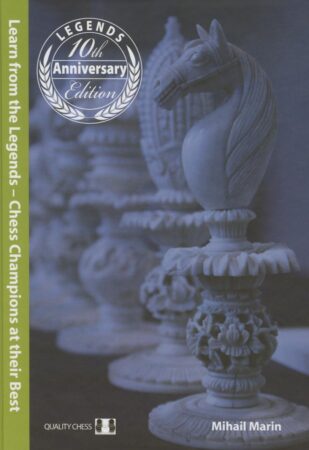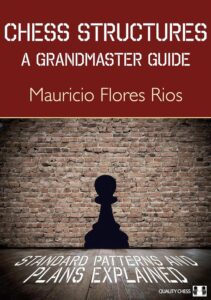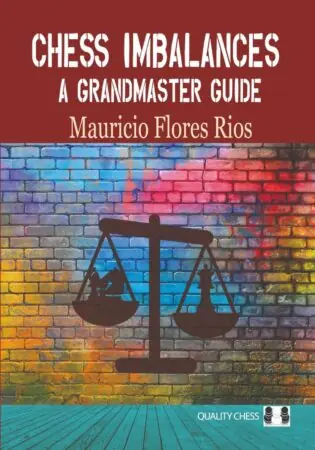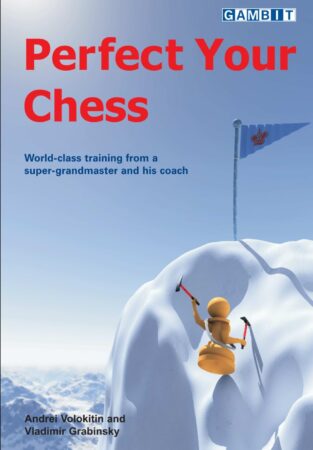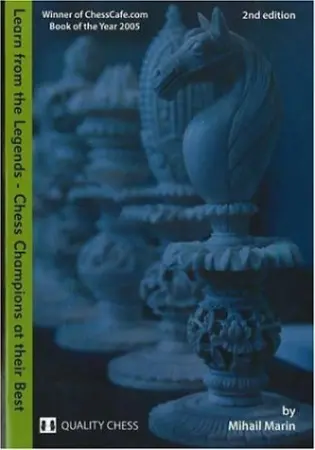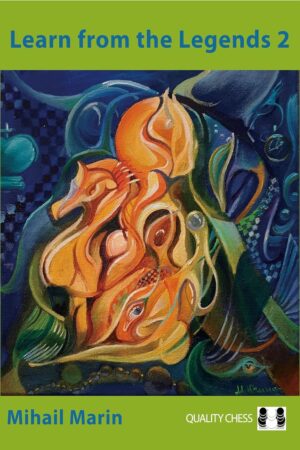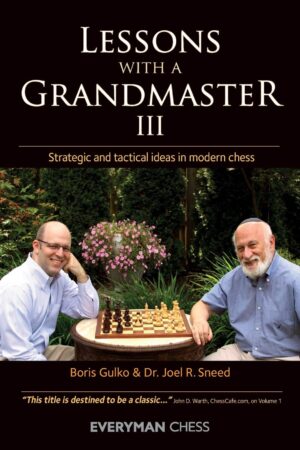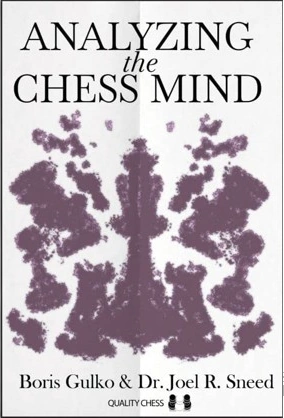Zlotnik’s Middlegame Manual is a collection of training material compiled by the great coach Boris Zlotnik through years of experience of working with students of all levels. This is a book that helps you improve your middlegame play by developing a feel for positions.
The book focuses on the most important strategic ideas and patterns in thematic structures and different openings. It’s a guide on how to think and plan based on the pawn structure. The subtitle: “Typical structures and strategic maneuvers” explains what the book can teach you; it’s a guide on how to navigate positions by recognizing the subtleties of the structure and on how to position your pieces accordingly.
Unlike many other books on the middlegame, which are divided by themes one could encounter in various openings, Zlotnik’s Middlegame Manual is divided by structure. It consists of 6 chapters, each devoted to an important structure; the isolated queen’s pawn, the Karlsbad structure, symmetrical structures, the King’s Indian structure, exchanging bishops in fianchetto structures, and the Sicilian structure, with emphasis on the d5-square. I cannot help but say that these chapters, albeit extremely useful and instructive, feel like they should be part one of the manual, and not a whole book. There are structures and topics that seem just as relevant that have not been covered, such as the Benoni, or the Dragon, or even the closed Spanish. That being said, even though Zlotnik’s Middlegame Manual is not a complete guide on structures and middlegame planning, those topics it does cover, it covers perfectly. There have been other books, like Rios’ Structures book that have covered almost all important structures, and we can rely on those for the rest.
Zlotnik was Caruana’s coach, so his approach must work. His students have achieved incredible success. His teaching approach was based on developing a feel for positions. In other words, he tried to teach his students in a way that helped them develop a deep understanding of middlegame positions.
The book is accompanied by 162 problems you can solve, divided into themes and corresponding to the chapters. The solutions are the true treasure trove. Zlotnik’s explanations of the positions are incredible. He managed to explain the essence of each position in an easily understandable way.
Zlotnik’s Middlegame Manual is a great book for intermediate and advanced players. It’s not a book you will struggle to read or solve. Even though you absolutely must go through with having a board on the side, it feels like an easy read, and Zlotnik’s annotations make it incredibly instructive. I doubt that anyone could go through this book and not enrich their middlegame knowledge immensely. There’s a reason this is one of the most famous middlegame books ever written.

